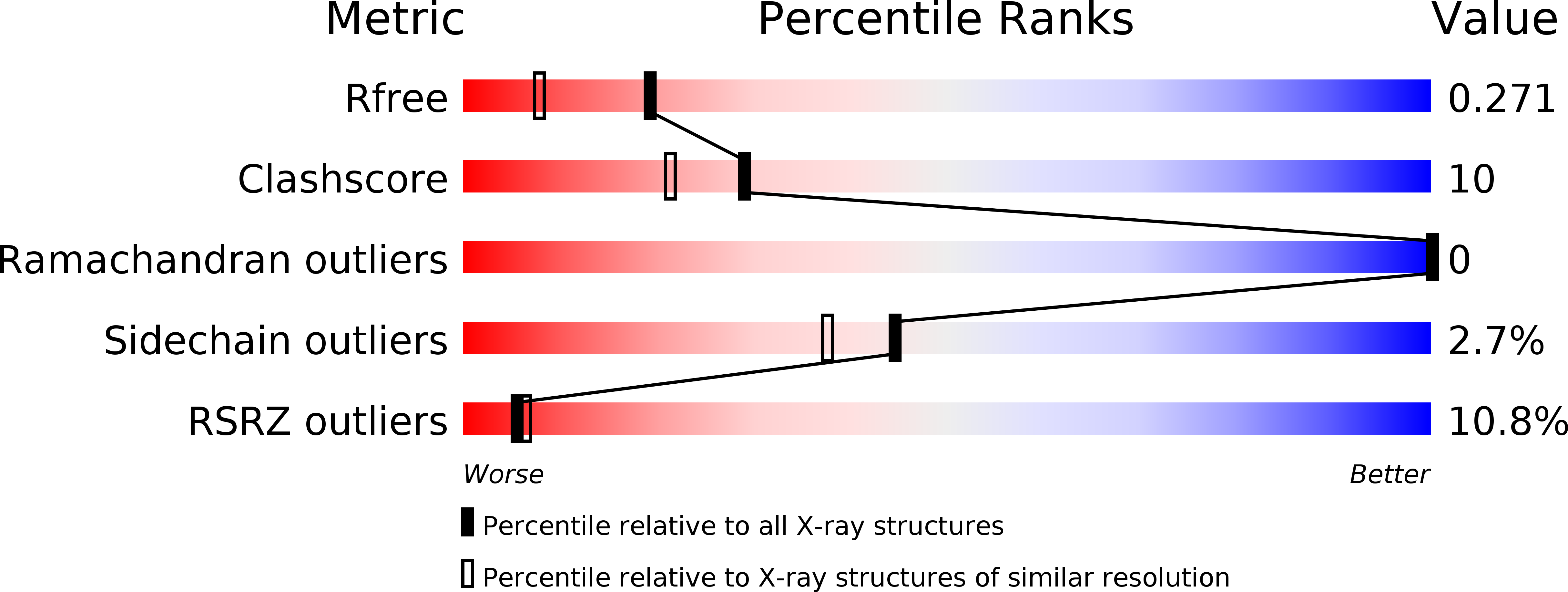
Deposition Date
2008-09-29
Release Date
2009-01-20
Last Version Date
2024-10-30
Entry Detail
PDB ID:
3EOT
Keywords:
Title:
Crystal structure of LAC031, an engineered anti-VLA1 Fab
Biological Source:
Source Organism:
Mus musculus (Taxon ID: 10090)
Host Organism:
Method Details:
Experimental Method:
Resolution:
1.90 Å
R-Value Free:
0.27
R-Value Work:
0.23
R-Value Observed:
0.23
Space Group:
P 21 21 2


